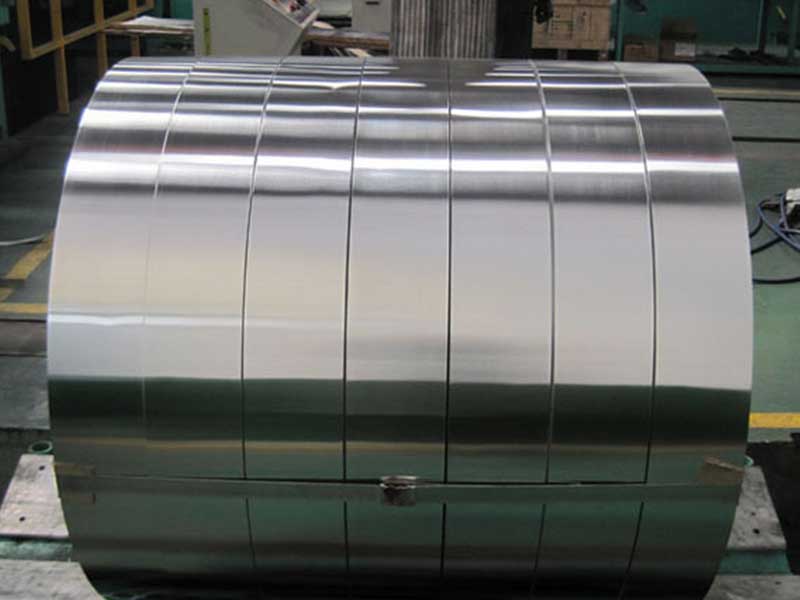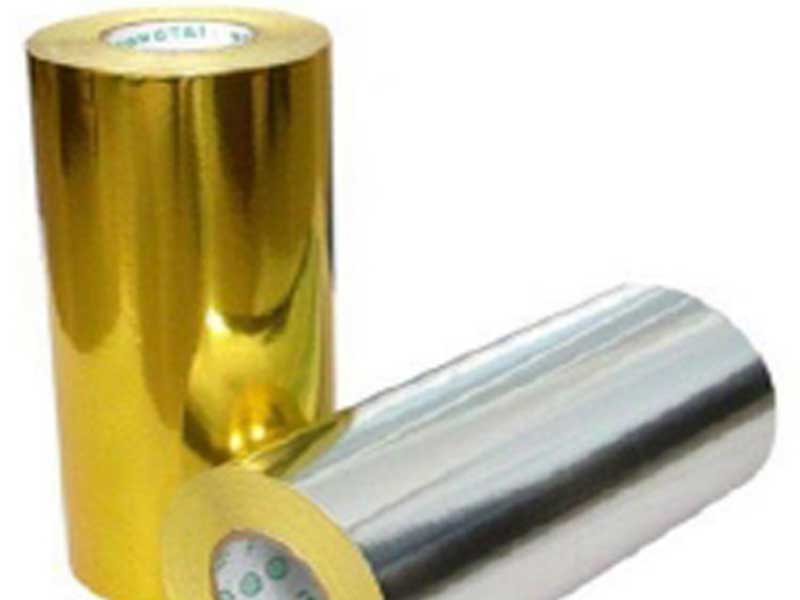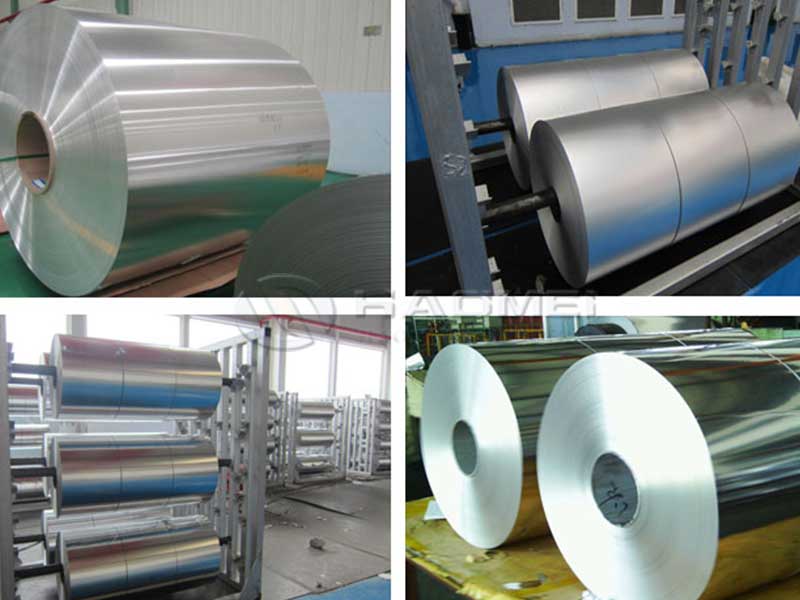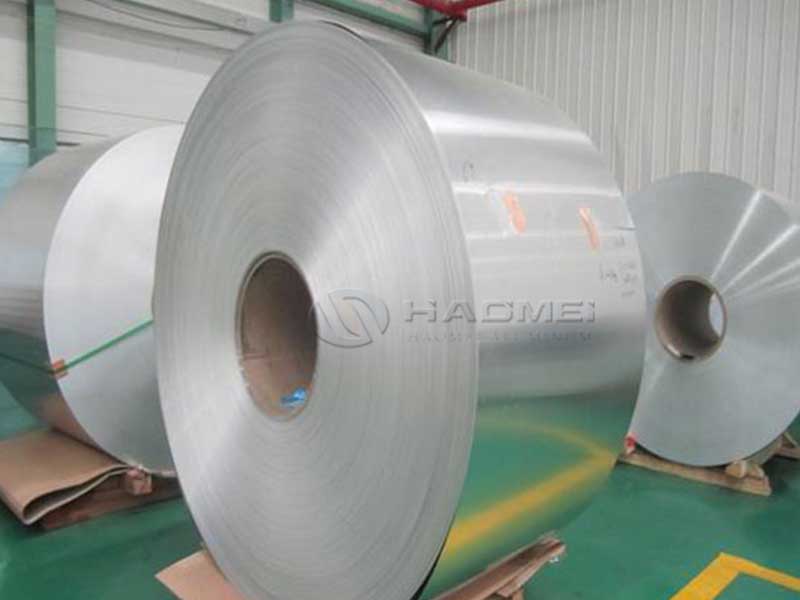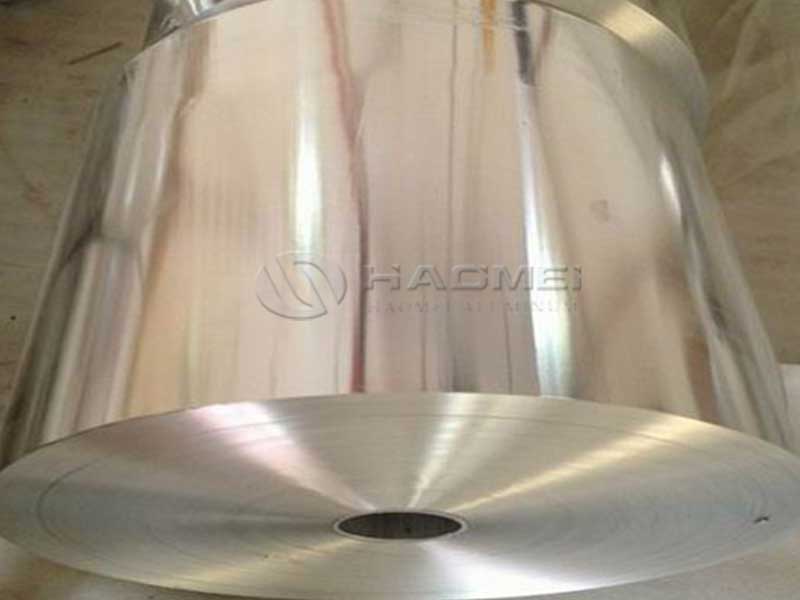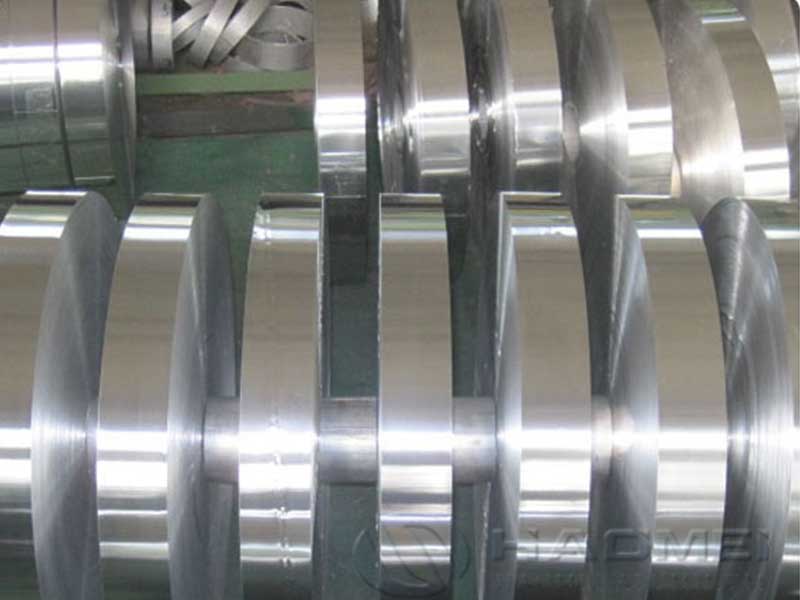When it comes to modern electronics, capabilities heighten with increasingly sophisticated components. Among these components, electrolytic capacitors specifically demand high-performance materials for reliable operation. Aluminum foil, with its excellent conductivity, lightweight nature, and oxidation resistance, proves to be a primary choice for anode and cathode materials in these essential devices.
Defining the Role of Aluminum Foil in Electrolytic Capacitors
Superior Purity – The Game Changer
The core advantage of using aluminum in capacitors resides in how purity directly impacts susceptibility to failure, leading to expanding lifespan and efficiency. High-purity aluminum foil, typically with a purity exceeding 99.99%, formulates the ally in optimizing capacitance growth and reduction of imperfections involved with charge carriers or conductive pathways.
Chemical Properties Table
To explore these outstanding benefits, it's valuable to reference the chemical properties inherent to high-purity aluminum foils used in electrolytic capacitors:
| Property | Specification |
|---|---|
| Chemical Formula | Al (Aluminum) |
| Purity | 99.99% Min |
| Electrical Conductivity | 63-75% IACS |
| Density | 2.7 g/cm³ |
| Melting Point | 660.32°C |
| Boiling Point | 2519°C |
| Oxidation Resistance | Electrolytic passivation achievable |
Parameters Influencing Electrolytic Capacitor Quality
A few defining features meticulously optimize the performance levels of electrolytic capacitors. Additional factors after identifying their intended application include calibrating the aluminum foil to predetermined parameters:
Implementation Standards
Recent technological advances are creating more stringent standards for electrochemical systems applied to aluminum foil.
- International QA Standards: Compliance with ISO 9001, AS9100 for consistency in manufacturing.
- RoHS Compliance: Ensuring materials are free of hazardous substances for safety and environmental considerations.
- Aging Effects: Specifications regarding temperature stability, voltage handling, and reliability concerns over time, catering specifically to lifecycle predictions of electrolytic capacitors.
Alloy Tempering
Depending on applications, aluminum may come in different face-tempered states that affect their confirmed properties:
- 1050 Aluminum Alloy: Offers excellent ductility while maintaining high corrosion resistance; optimized for applications requiring weldability.
- 1100 Alloy: The embossed minimum concert with submerged working response levels serving industries including aerospace fellow carbon grades.
- 6061/6063 Alloy Tempering: Frequently favored given thermal treatment responsiveness ideal for specific electronic considerations.
Everyday Applications of High-Purity Aluminum Foil in Electrolytic Capacitors
The exceptional features tied to high-purity aluminum foil push products into professional applications nimbly woven into urban society:
- Consumer Electronics: Video game consoles, personal computers, TVs with significantly improved energy responses sustained over time.
- Renewable Energy Systems: Integrating decoupling filtration for transferring energy from charging monitors connected within solar energy converters.
- Automotive Industry: Conventional uses supporting automatic loading voltage optimizers assure reductions via unleashed high-frequency requirement situations for expansive geometrical setups.
Effects of Environmental Consideration on Longevity
High-purity aluminum foil provides the building blocks for adopting an environmentally hostile environment containing elements such sulfur even over prolonged period advantages driven by constraining issuing linkage buildup regions as typically skirmishes deploying insights varying temperatures experience oxidative materials.


